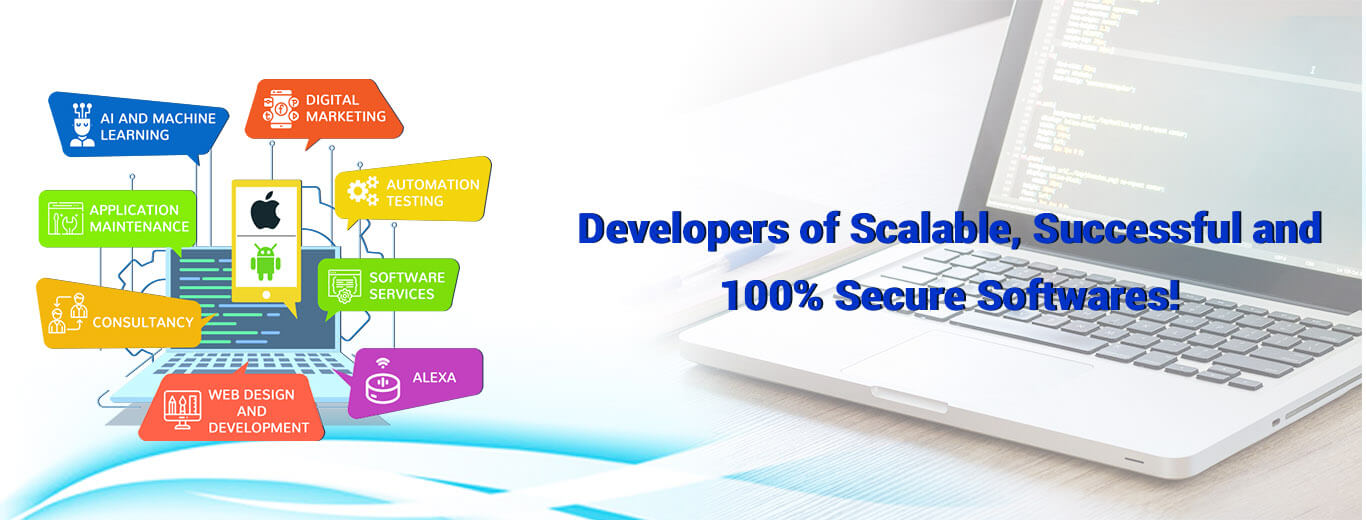With today’s fast and dynamic digital economy, delivering superior software quickly and effectively is fundamental to remaining competitive. This is where DevOps in software delivery makes all the difference. DevOps integrates development and operations in a single workflow that simplifies processes, increases collaboration, and accelerates release cycles. Enterprises that implement DevOps practices are rewarded with short development cycles, fewer deployment breakdowns, and quicker time to market.
Let’s explore how DevOps speeds up software delivery, with a closer examination of some of the important elements such as CI/CD pipelines, Infrastructure as Code (IaC), and influential DevOps tools such as Docker, Kubernetes, Jenkins, and Terraform.
Understanding DevOps and Its Value
In essence, DevOps is a culture and approach focused on closing the gap between IT operations teams and software developers. It focuses on automation, continuous integration, and continuous delivery in order to enable fast, stable, and scalable software releases.
By adopting DevOps, organizations build a feedback-centric culture in which teams work together throughout the software lifecycle, from planning and development to testing, deployment, and monitoring. Not only does this integration enhance efficiency, but it also enables delivery of value to customers more rapidly and consistently.
CI/CD Pipelines Explained
One of the core foundations of DevOps is the CI/CD pipeline, short for Continuous Integration and Continuous Deployment, which streamlines code integration and automates software delivery. (or Delivery).
🔹 Continuous Integration (CI)
CI automates the process of merging code changes into a shared repository several times a day. Every code update is validated through automated builds and tests, ensuring that bugs are identified and fixed early in the development cycle.
🔹 Continuous Delivery/Deployment (CD)
CD takes CI a step further by automating the delivery of validated code to production-like environments. With CD in place, teams can release features to customers at any time, often with a single click or even automatically.
The result? Fewer manual processes, minimal downtime, and a consistent delivery pipeline that enables fast, reliable software releases.
✅ CI/CD is the backbone of modern DevOps software delivery.
Infrastructure as Code (IaC): Automating the Foundation
In the DevOps ecosystem, managing infrastructure manually is not only slow but error-prone. That’s why Infrastructure as Code (IaC) is a critical component.
Infrastructure as Code (IaC) allows teams to automate the setup and management of infrastructure through code-based, human- and machine-readable files, making it easy to version, test, and recreate environments consistently across stages.
Benefits of IaC:
Faster environment setup
*Eliminates human error
*Enables consistent testing and deployment
*Enhances scalability and reproducibility
Tools like Terraform and AWS CloudFormation are popular choices that help engineers define and manage infrastructure through code, making deployments seamless and controlled.
✅ IaC allows infrastructure to evolve at the same pace as the application code.
Essential DevOps Tools Driving Speed and Efficiency
DevOps success heavily depends on choosing the right set of tools that support automation, collaboration, and scalability. Here’s a look at some of the most widely used tools in the DevOps pipeline:
🔧 Docker
Docker is a container platform that bundles applications along with all their dependencies into lightweight, portable units, ensuring they run consistently across development, testing, and production stages.
*Enables microservices architecture
*Reduces compatibility issues
*Speeds up deployment time
☸️ Kubernetes
Kubernetes is an open-source platform for automating container orchestration. It manages containerized applications across clusters, ensuring high availability, scalability, and self-healing.
*Supports rolling updates and rollback
*Load balances containers
*Optimizes resource utilization
🧪 Jenkins
Jenkins is a leading automation server used to implement CI/CD pipelines. It integrates with hundreds of plugins to automate the building, testing, and deployment of code.
*Automates complex workflows
*Highly customizable
*Community-supported
🌍 Terraform
Terraform is a powerful IaC tool that allows users to define infrastructure in configuration files. It supports multi-cloud environments and offers consistent provisioning across platforms.
*Supports modular infrastructure
*Offers plan-before-apply functionality
*Enables infrastructure versioning
✅ These tools are the foundation of high-speed DevOps software delivery.
How DevOps Transforms Software Delivery
Here’s how adopting a DevOps culture supercharges software delivery:
*Automation eliminates repetitive manual tasks, speeding up development and deployment.
*Collaboration between developers and operations breaks down silos, fostering a shared sense of ownership.
*Monitoring and feedback loops ensure continuous improvement and rapid troubleshooting.
*Scalability becomes easier with cloud-native infrastructure and IaC.
By integrating DevOps practices and tools, organizations not only deploy faster but also achieve higher software quality, enhanced security, and greater customer satisfaction.
DevOps Is the Future of Software Development
The value of DevOps in software delivery cannot be disputed. It promotes a culture of agility, continuous improvement, and shared responsibility, allowing teams to innovate at a faster rate and deliver value more reliably.
Whether you’re just beginning your DevOps journey or seeking to fine-tune your current pipelines, embracing tools such as Docker, Kubernetes, Jenkins, Terraform, and espousing CI/CD and Infrastructure as Code (IaC) is critical to developing a modern, agile, and effective software delivery process.
At iT Gurus Software, we guide enterprises in embracing and scaling DevOps strategies custom-made to address their specific needs. Let’s build faster, better, and smarter—together.


Leave a Reply